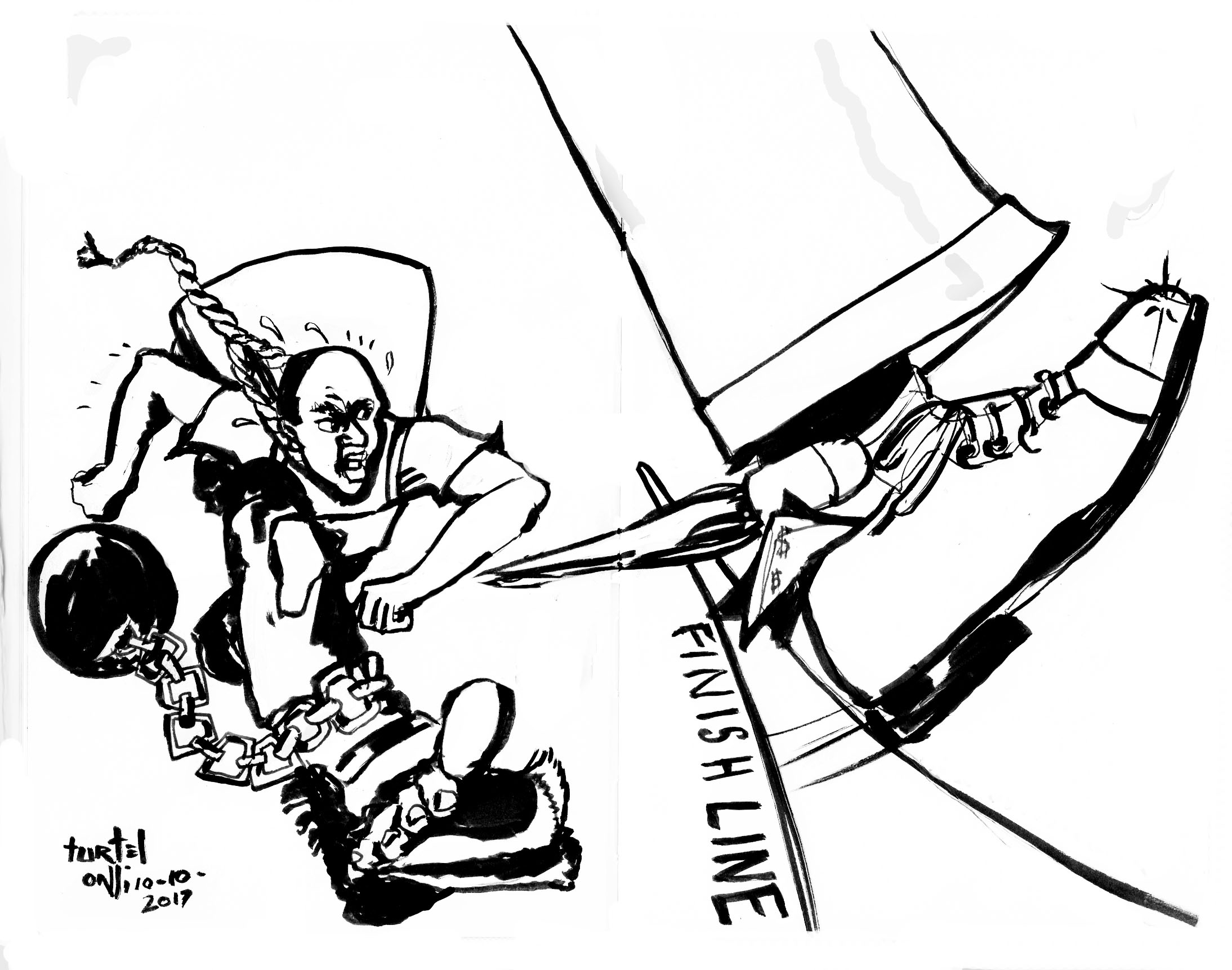Most of us know Ben Carson as the wealthy, successful neurosurgeon. Many children and adults look up to him. Well, they should—Ben Carson has one of the greatest rags to riches stories in recent U.S. history.
As most know, Carson lived off governmental assistance with his mother and brother in Detroit. After his childhood, Carson attended Yale University and became one of the most well-known people in the medical field. Now, he’s part of Donald Trump’s cabinet. Carson has attained numerous awards and titles in his life, one which he is famously known for: Dr. Carson.
Contrary to his experiences growing up, the current Secretary of Housing and Urban Development supports reducing “government dependency” and stated in an interview: “You take somebody that has the right mindset, you can take everything from them and put them on the street, and I guarantee in a little while they’ll be right back up there. And you take somebody with the wrong mindset, you could give them everything in the world, they’ll work their way right back down to the bottom.”
Carson fails to recognize that unequal opportunities separate people of poverty from the millionaires in Trump’s cabinet—with one of the most apparent inequalities throughout history being the education system.
The legacy set for people of color has not been as privileged or bright as non-white people. Since the abolition of slavery, African Americans have been discriminated against through systematic restrictions on quality access to education. While Plessy v. Ferguson ruled that schools could be separate but equal, we all know this was not the reality Black and brown students faced. We know this because of the evidence brought to the courts that resulted in the Brown v. Board of Education case. Social scientists used the doll test that had young children pick the dolls that they liked based on skin color. Overwhelmingly, the children picked the white doll and praised it as better than the Black dolls. The argument was that segregation and unequal facilities made Black students feel inferior than whites. The findings were cited in the Supreme Court’s ruling prohibiting states from segregating public school students
While we may have desegregated schools, we face segregation based on where we live, which leads to modern-day inequitable education and opportunity, especially in Illinois. And unequal opportunities and facilities have already reaped their effects right here in Chicago.
Chicago is regarded as one of the most violent cities in the United States. But is crime spread throughout the whole city? No. Most crime is concentrated in the South and West Sides of Chicago, where non-white people predominantly live.
According to the Tribune, the Burnside neighborhood has the most violent crimes in Chicago. Burnside’s main racial demographic is Black—99.5 percent—and most people over the age of 25 have a high school diploma or less —54 percent. Due to the limited job opportunities that a high school diploma offers, the household income in Burnside is only $32,553. Based on low educational attainment, low income, and high crime, we can assume that there is correlation. But what is one factor that separates this community from a white, affluent community? Our education system.
There is a clear inequality in Illinois’s public school districts when comparing Chicago Public Schools to a local suburban district. The Chicago Public School District, the third largest public school district in the country, is eighty-five percent non-white, and has is eighty-four percent low-income students. Thirty percent of the total number of students are college ready or score at or above a 21 on the ACT, an indicator of college readiness. Comparatively, the Winnetka school district, a suburb about twenty miles outside of Chicago, has ninety percent white students and 0.1 percent low-income students. A whopping ninety-two percent of their students are considered college-ready.
The differences in scoring are not due to an innate difference between white and non-white students, or poor and wealthy students. Rather, it’s a flawed system in funding our schools. Presently, the majority of our schools are funded through property taxes—which are almost entirely determined by the wealth and cost of home ownership in the specific town or city.
In Winnetka, taxpayers pay higher rates of property taxes than Chicagoans on the South and West Sides of Chicago. According to real estate website Zillow, the median home value in Winnetka is about $1.1 million, while the median home values in Burnside and Englewood are $131,400 and $83,300, respectively. Therefore, Winnetka pays more money into their school system because the people there have higher home values—so they pay may more in property taxes. The more they pay in property taxes can go towards more enrichment/after school programs and resources, like technology.
If we believe education to be the cornerstone of success for people, communities, and mobility up the social and economic ladder, then we must decrease our reliance on property taxes for equitable education, regardless of zip code or socioeconomic status. Even within Chicago, we must allocate our funds by investing in schools that have more impoverished students to promote equitable treatment.
If our education system is not equitably funded, then how we can expect people to become successful? Without the equal distribution of funds to our schools, I won’t have nearly the same chance to become the next cabinet member or president as my white counterpart.
No one is born with the “wrong” mindset. What people are born into are situations that don’t provide them the opportunities to succeed or get ahead.
Nathan Petithomme is a senior at Lindblom Math and Science Academy.
Support community journalism by donating to South Side Weekly



